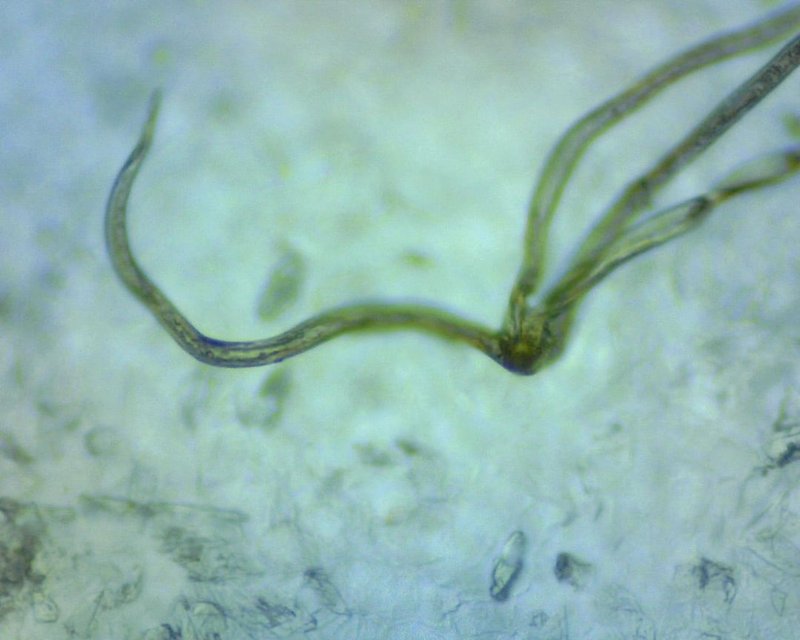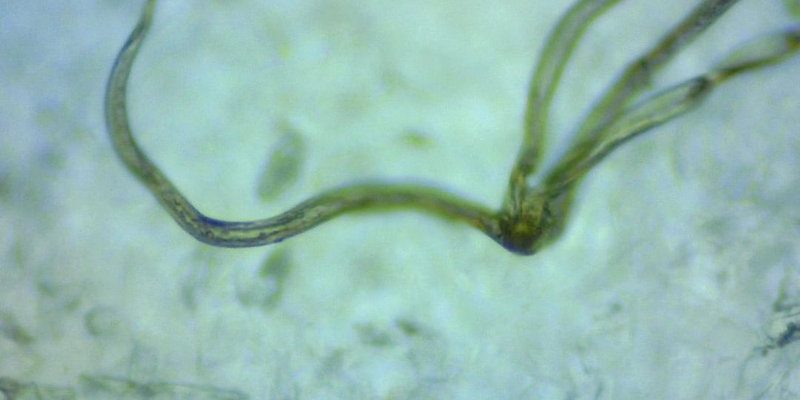
Given their complex nature, you might wonder if we can keep these worms in captivity for research or even farming. Can we study their behaviors, understand their biology, and potentially even cultivate them? In this article, we’ll dive into the world of nematomorphs in captivity—exploring their needs, challenges, and what makes them such captivating subjects for study.
Understanding the Life Cycle of Nematomorphs
To grasp why nematomorphs are so interesting, it’s crucial to know about their life cycle. These worms start their lives in freshwater, often as parasites within insects. It’s like they’re playing an elaborate game of hide-and-seek—lurking inside their host until it’s time to emerge. Once they mature and are ready to reproduce, they manipulate their host’s behavior, compelling it to dive into water, where the nematomorph can escape.
Their life cycle has three main stages:
- Eggs: Laid in water, these hatch into larvae that invade host insects.
- Larval Stage: Here, they grow and develop inside their host, feeding off it until they’re ready to escape.
- Adult Stage: Now free, they mate in the water, starting the cycle all over again.
Understanding this cycle is essential for anyone looking to study nematomorphs because it shapes everything from their habitat needs to their feeding habits.
Challenges of Keeping Nematomorphs in Captivity
Keeping nematomorphs in captivity is no small feat! Their unique life cycle poses challenges beyond just providing a suitable environment. One significant hurdle is replicating their natural habitat. These worms thrive in freshwater environments, which means keeping the right water quality is crucial. You can’t just plop them in any old tank and expect them to thrive.
Another challenge is understanding their dietary needs. As adults, nematomorphs feed on decomposing organic matter, which can be tricky to source in a controlled setting. You might find yourself needing to experiment with various food options to see what they prefer.
Moreover, since they are typically parasitic during their larval phase, this raises ethical questions about how to best keep them alive and healthy without replicating their natural hosts. Honestly, it’s a delicate balance that requires a thoughtful approach.
Can Nematomorphs Be Farmed?
Farming nematomorphs isn’t as straightforward as growing vegetables or raising fish. However, with increasing interest in biodiversity and environmental studies, there’s potential in this area. If done ethically and responsibly, farming could help researchers obtain specimens for study without impacting wild populations.
You might be wondering how such farming would work. It would likely involve creating environments that mimic their natural habitats while ensuring their dietary needs are met. Here’s a thought: combining aquaculture techniques with sustainable practices might allow for a small-scale operation focused on breeding and studying these fascinating worms.
Despite the challenges, researchers are exploring this option. If a method can be developed that allows for the maintenance of healthy nematomorph populations, it could lead to better understanding and conservation of these unique creatures.
The Importance of Researching Nematomorphs
Studying nematomorphs can provide insights not only into their unique biology but also into broader ecological systems. These worms play a role in nutrient cycling in freshwater habitats; understanding their life cycle could help scientists gauge the health of these ecosystems.
Moreover, nematomorphs are fascinating subjects for research in parasitology and can shed light on host-parasite interactions. Understanding how they manipulate host behavior could lead to discoveries in behavioral ecology and evolutionary biology.
In short, studying them could answer big questions about ecosystems and evolutionary processes. So, while keeping them in captivity presents challenges, the potential gains in knowledge make it worthwhile.
What’s Needed for Successful Captivity
If you’re thinking about setting up a habitat for nematomorphs, here are some key things you’ll need:
1. Aquatic Habitat: A tank with freshwater that mimics their natural environment. Consider using filtered water and adding plants for shelter.
2. Temperature Control: Keeping the water temperature stable is vital. Nematomorphs thrive in specific ranges, so be sure to monitor this.
3. Diet: Research and experiment with feeding them organic matter, like decomposing leaves or algae, to mimic their natural diet.
With the right setup and conditions, you can create a suitable environment for studying them.
Ethical Considerations in Captivity
As with any animal care, keeping nematomorphs in captivity comes with ethical responsibilities. Their well-being should always be the priority, ensuring they’re not subjected to stress or unnatural conditions.
Researchers need to consider the ecological impact of removing these creatures from their wild populations. It’s important to ensure that any studies or farming practices do not threaten their natural habitats. This may involve working with conservationists to understand the best practices for managing populations and maintaining biodiversity.
Maintaining ethical standards not only ensures the health of the nematomorphs but also supports the integrity of scientific research.
The Future of Nematomorph Research
Looking ahead, the study of nematomorphs holds promise. Continued research could uncover new information about their biology, ecological roles, and potential applications in science and medicine.
With technology advancing, we might develop better methods for researching their complex behaviors and life cycles. Who knows? There could even be breakthroughs that lead to new discoveries in biology or ecology.
As interest in preserving biodiversity grows, nematomorphs might find themselves at the center of fascinating studies that contribute to broader environmental efforts.
In conclusion, while keeping nematomorphs in captivity for study or farming presents challenges, the potential for discovery is immense. With careful consideration and ethical practices, we can deepen our understanding of these fascinating creatures and their roles in our ecosystems. As we continue to explore their peculiar lives, we might just unlock new secrets of the natural world.

